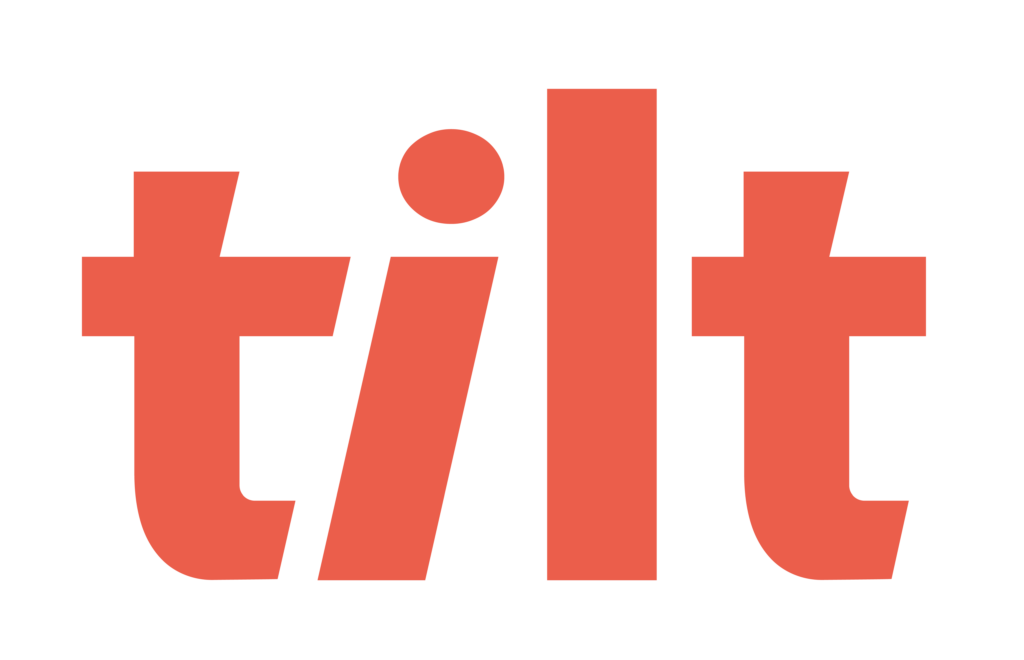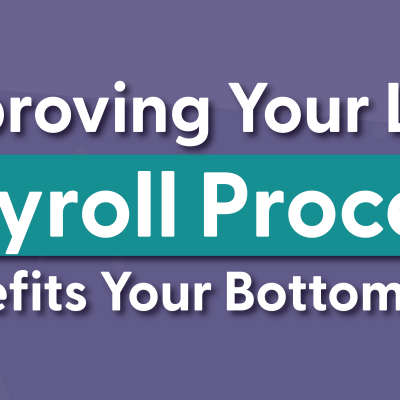Your leave of absence management process has so many moving parts that identifying specifically which one is the biggest nuisance can be difficult. High on the headache-inducing list for most People Ops pros is figuring out a way to accurately track and adjust payroll during a leave of absence journey. You know who else that’s a headache for? Payroll.
Payroll tracking during a leave of absence is an important and complex element of every leave of absence that People Operations are required to manage. Getting it wrong could mean everything from employees losing state benefits coverage to your organization overpaying employees and never getting that money back.
How is payroll impacted by leaves of absence?
No two leaves of absence are the same. Some are seemingly straightforward and some have more twists than an early 1960’s dance hall. So in order to paint the picture of how your LOA payroll process can impact your employees and your bottom line, let’s take a look at one fairly common leave example:
Leave Type: Disability Leave
FMLA Eligible: Yes
State of Residence: California
Employer-Provided Short-Term Disability Leave: Yes – 6 weeks Disability Leave
In this example, your employee has been approved for your organization’s paid disability leave and is FMLA eligible, meaning they will receive full pay for 6 weeks and have job protection for 12 weeks.
How state benefits programs impact the payroll process
While your employee will receive full pay for 6 weeks, the source of those funds will be coming from different places; the state of California and your payroll department.
The employee lives in California and therefore would require a medical certification from a doctor and need to apply for California SDI (Short-Term Disability Insurance). Most of the time employees will have no idea how to go through this process without your help. If submitted and approved on time, California SDI will provide your employees with some (60-70% depending on salary) of their pay while on leave.
Once this is complete, payroll must now adjust their 6 weeks of disability pay accordingly to factor in the amount that the employee is now receiving from the state. Without an automated process, People Ops and Payroll will need to be in lockstep to avoid overpayment, underpayment, and potential impacts on your employee’s financial well-being.
Scenario 1: Employee’s State Benefit claim isn’t filed on time/properly
If your employee has an error on their state benefits claim or it wasn’t filed on time, payroll now runs the risk of not making your employee whole as your organization’s benefits promised. They’ll be paying the employee what they “thought” the difference would be after the state benefit kicks in, but the benefit hasn’t kicked in. This can potentially lead to legal hot water with your organization. If you’re intimate with the employee’s file forming status you would have to notify payroll to pay the employee the full amount. Not ideal, but it’s also not a lawsuit.
Scenario 2: Payroll isn’t aware when California is covering a portion of their salary
If payroll isn’t informed of exactly when California SDI kicks in, payroll may continue to pay your employee the full amount as if the employee wasn’t on leave, which has adverse effects that potentially extend beyond your bottom line. For one, California might see they are making too much money to qualify for the benefits and deny the employee’s claim. Then when Payroll does switch to only topping up the employee’s salary, the employee is hung out to dry. If California doesn’t deny the claim, your employee is receiving 60-70% of their salary from payroll that you could otherwise be saving.
In some cases, the state may come back to the employee and say (paraphrasing), “Hey, you know all that money we gave you? We see you actually got paid by your employer and you need to pay us back.” Not ideal.
Scenario 3: Leave dates and/or salary changes
Another common scenario is the dates of a leave changing. Maybe a surgery date got pushed forward or backward, and perhaps a cost-of-living bump got introduced across the organization while your employee was on leave. All of this can factor into the amount of pay your employee should be receiving from both sources.
Scenario 4: Your employee has a side hustle
If your employee is making money outside of what your organization is paying them (i.e. they’re a driver for Lyft etc…), the state is going to take this into account when it comes to their pay. If you aren’t aware of your employee’s side hustle that doesn’t matter, it will still factor into the amount the state will cover for your employee and will have ramifications on the amount you owe them to make them whole on your end.
How People Operations can improve their LOA payroll processes
We’ve seen it all in our day. From overly complex Excel docs that need to be managed and monitored for a single leave, to a tangled trail of email communications bouncing back and forth from the state to the employee to your orgs STD carrier to you in People Ops to Payroll and back.
When it comes to managing LOAs, ensuring accurate payroll calculations can be a waking nightmare for People Ops. Here are ways you can improve your process and ensure your organization’s bottom line is benefiting from state benefits and your employees are covered:
- Clear and consistent communication with payroll throughout the leave journey
- Real-time adjustments to leave dates and salary
- A streamlined process for employees to file for state benefits programs
- One source of truth where all leave data lives that payroll has access to
- A scalable process that is easy to manage as leave requests increase
An effective leave of absence payroll process is a major time-suck for most People Ops teams, but getting it right can have serious financial benefits to your organization as well as giving you the peace of mind that your employees are getting the financial support they’re entitled to.
About Tilt
Tilt is leading the charge in all things leave of absence management through easy-to-use tech and human touch. Since 2017, our proprietary platform and Empathy Warriors have been helping customers make leave not suck by eliminating administrative burdens, keeping companies compliant, and providing a truly positive and supportive leave of absence experience for their people.







